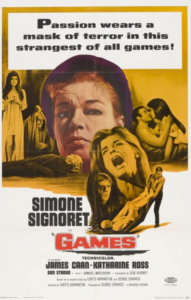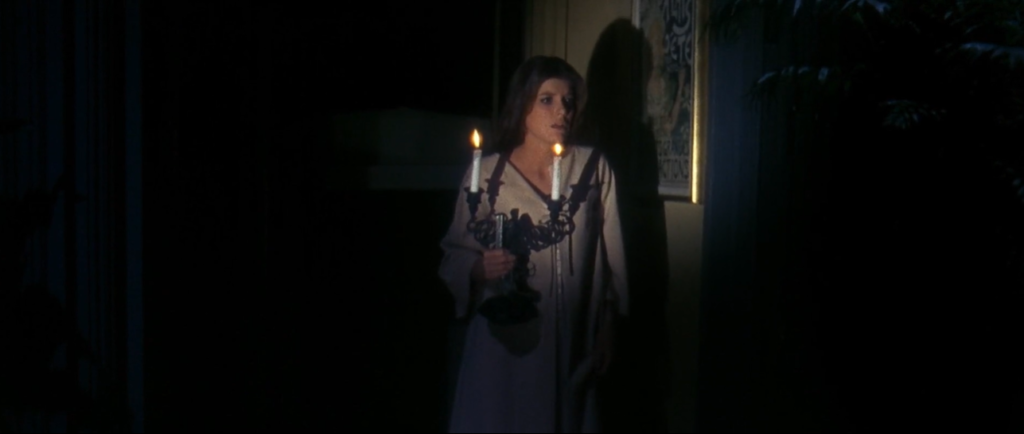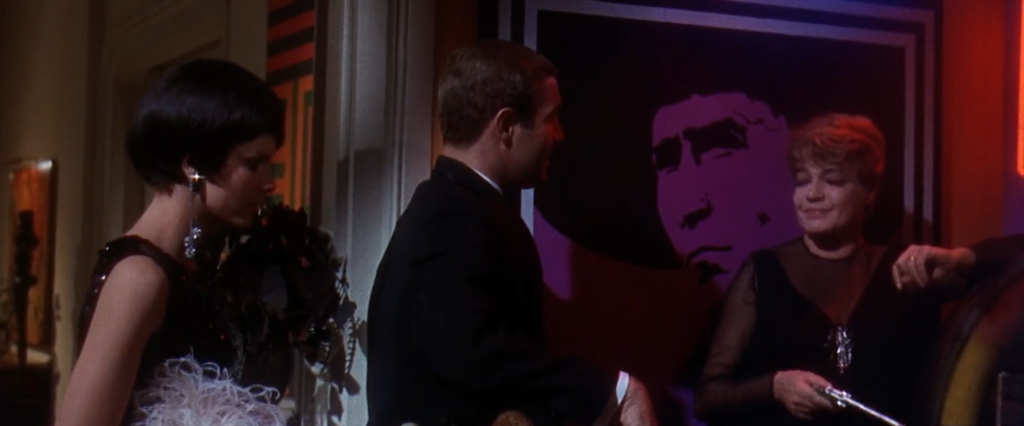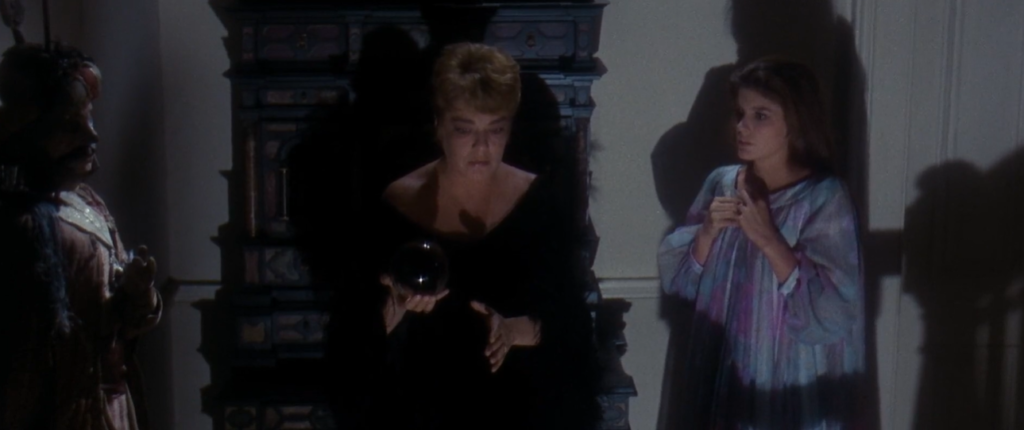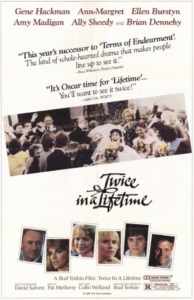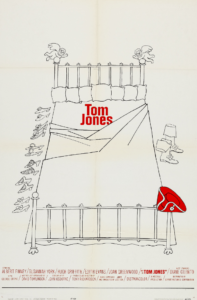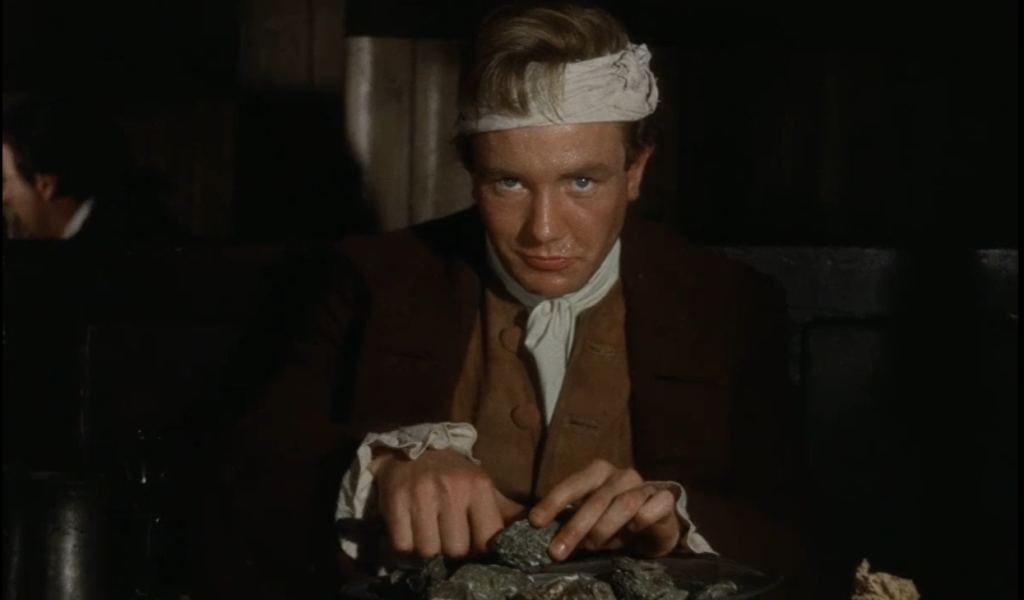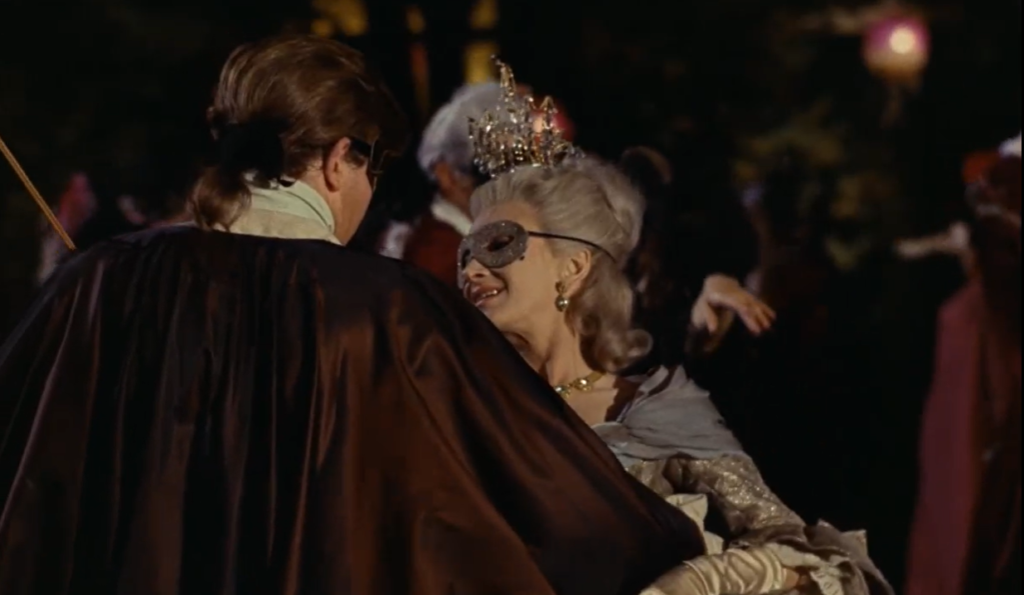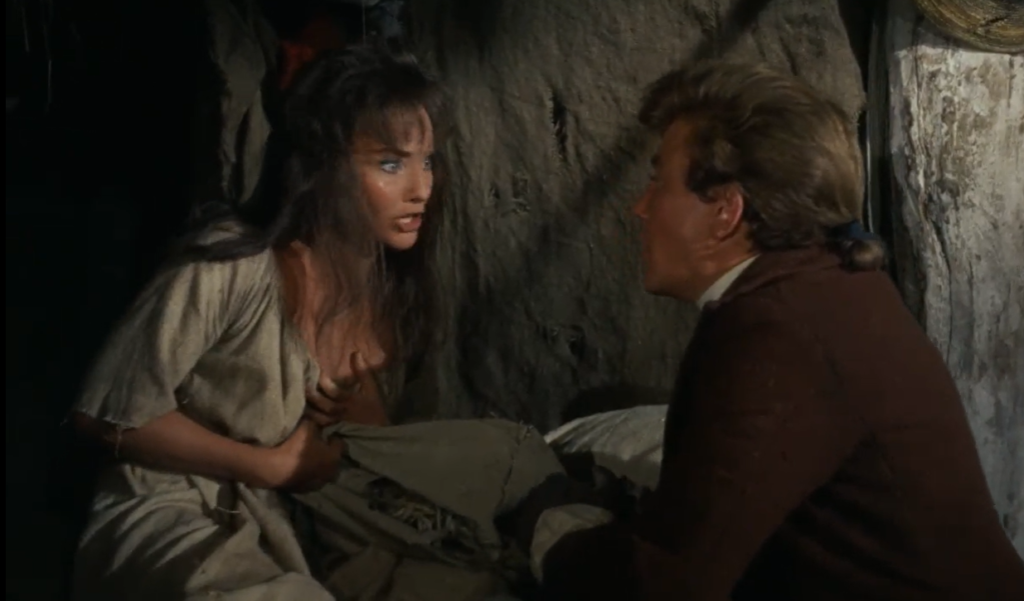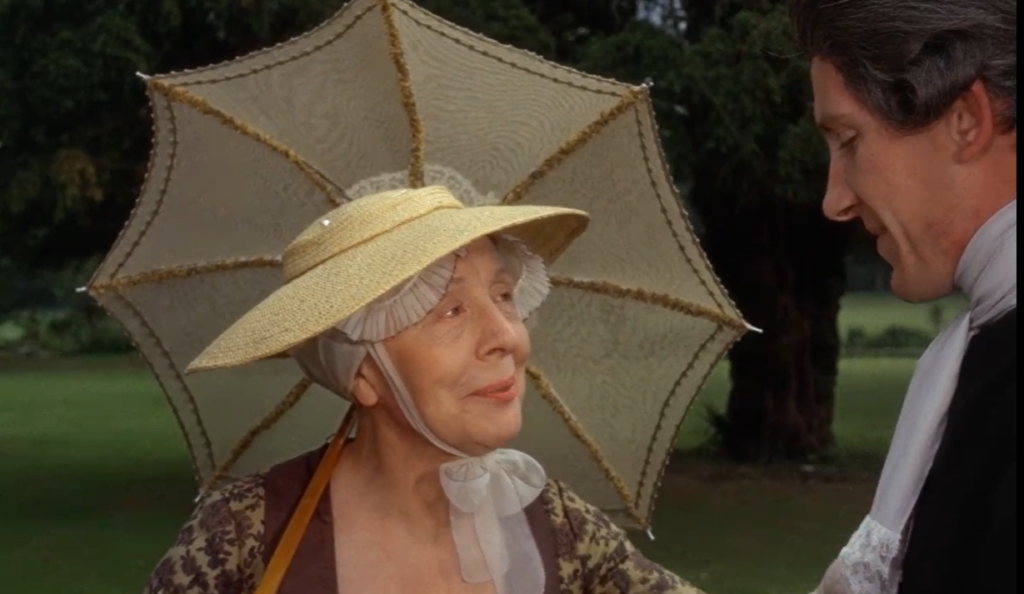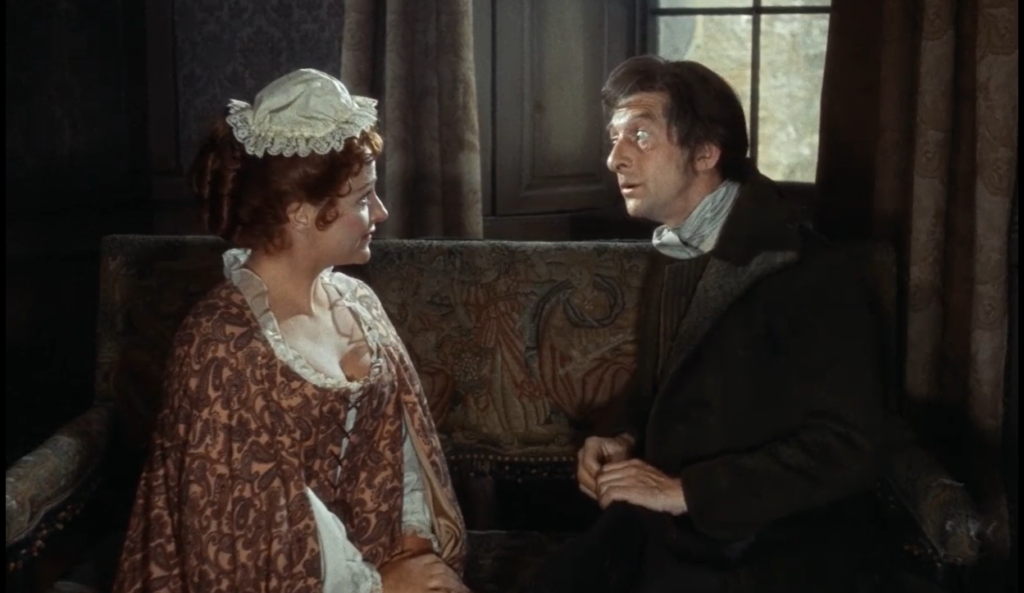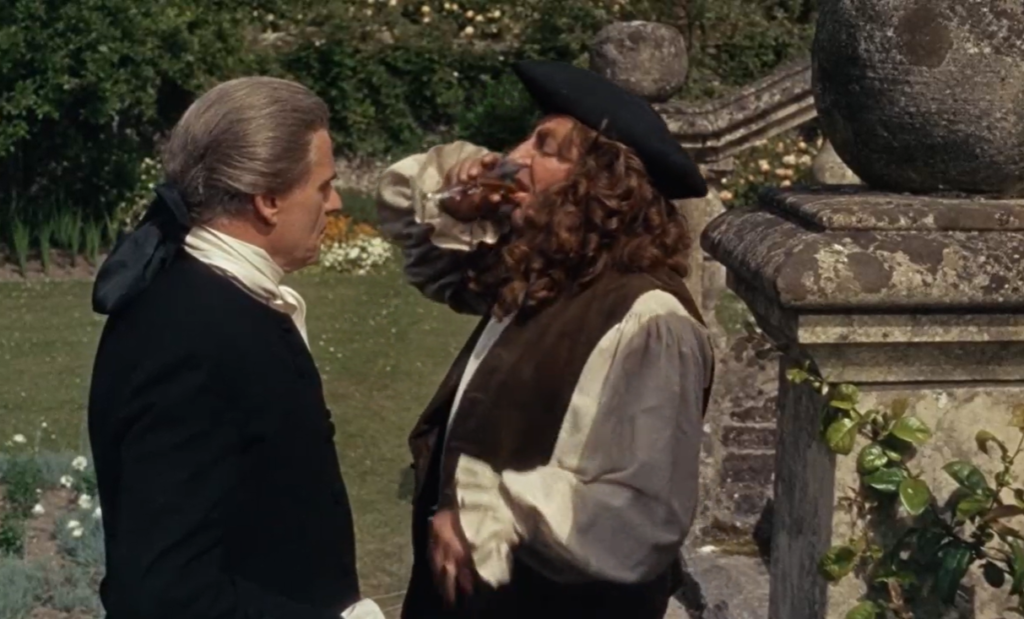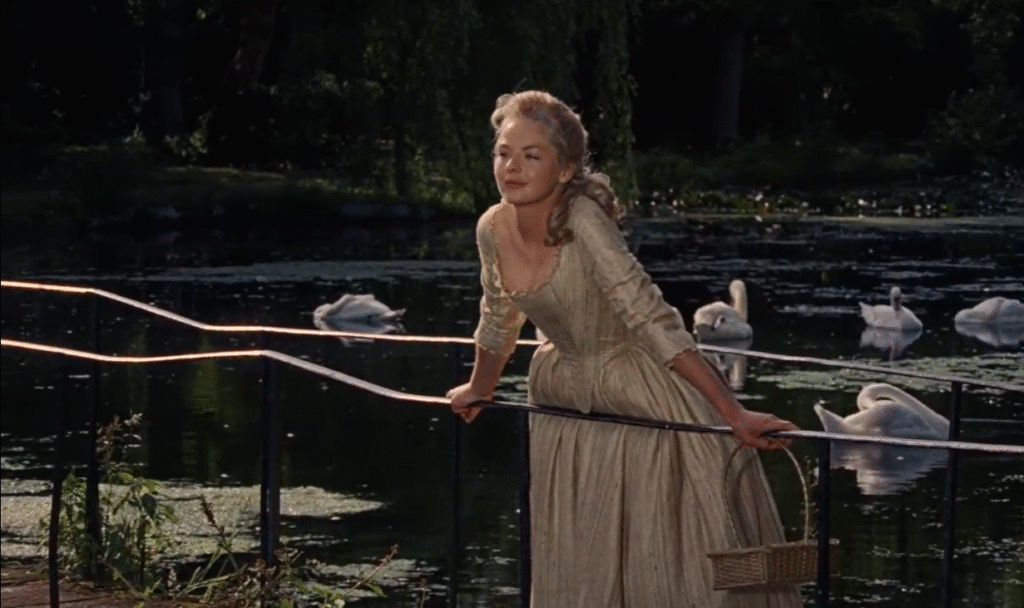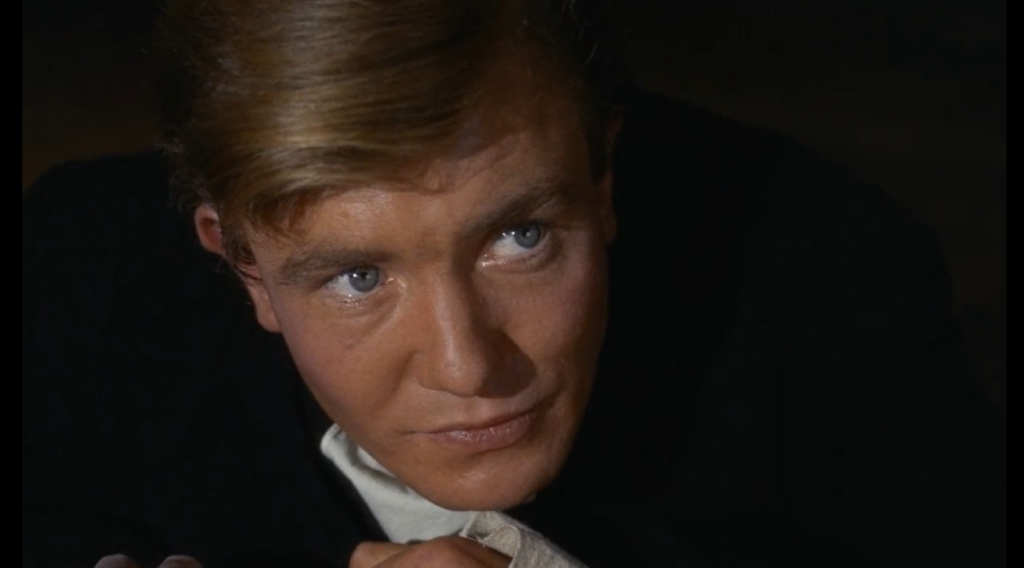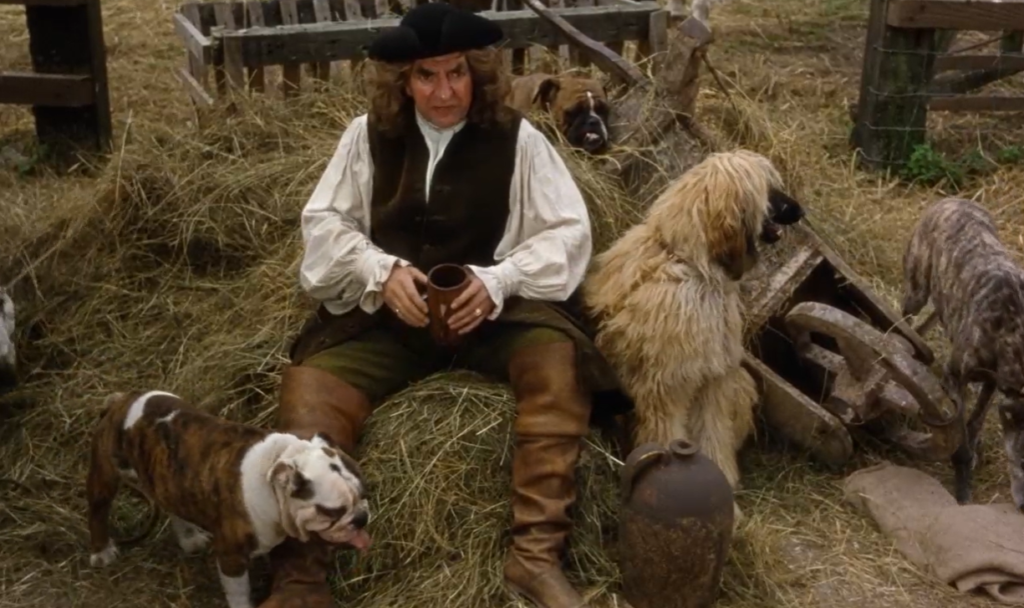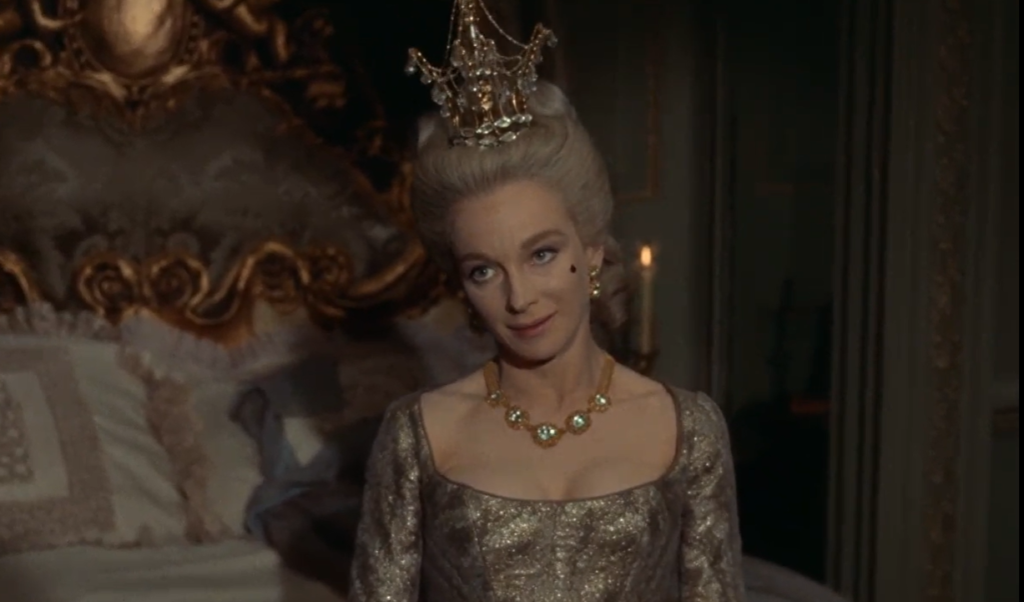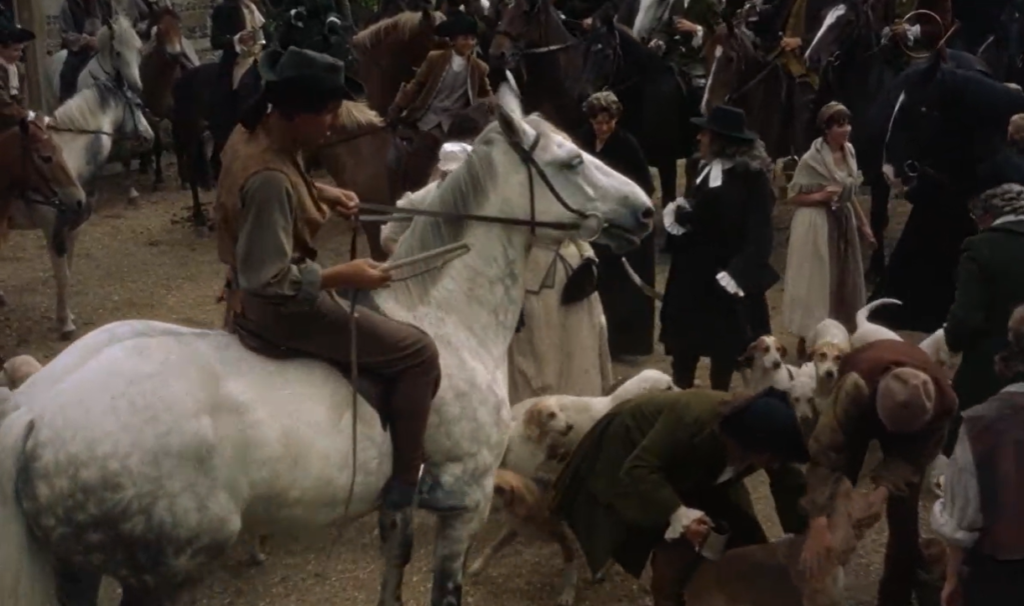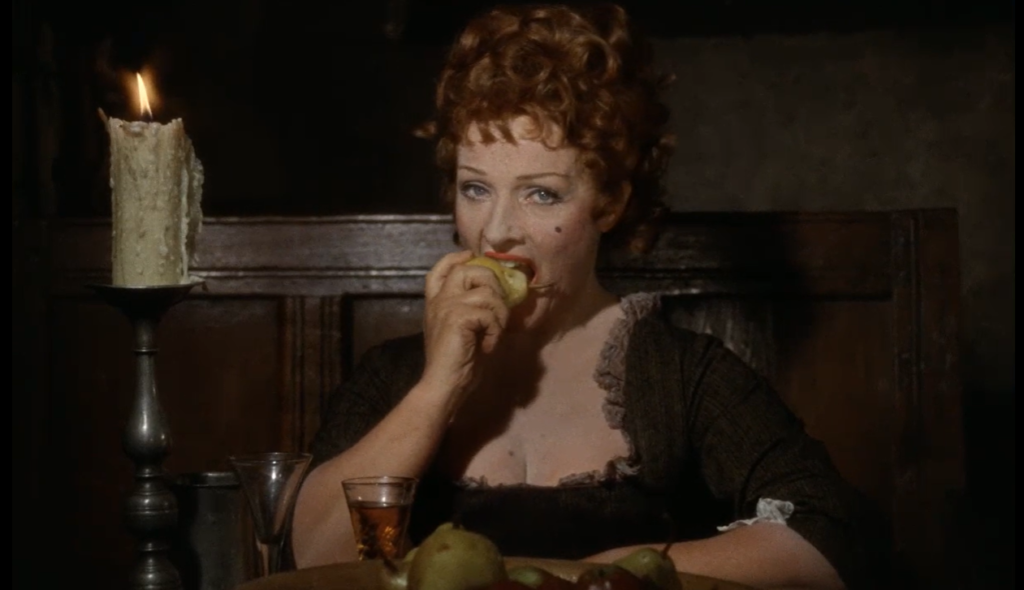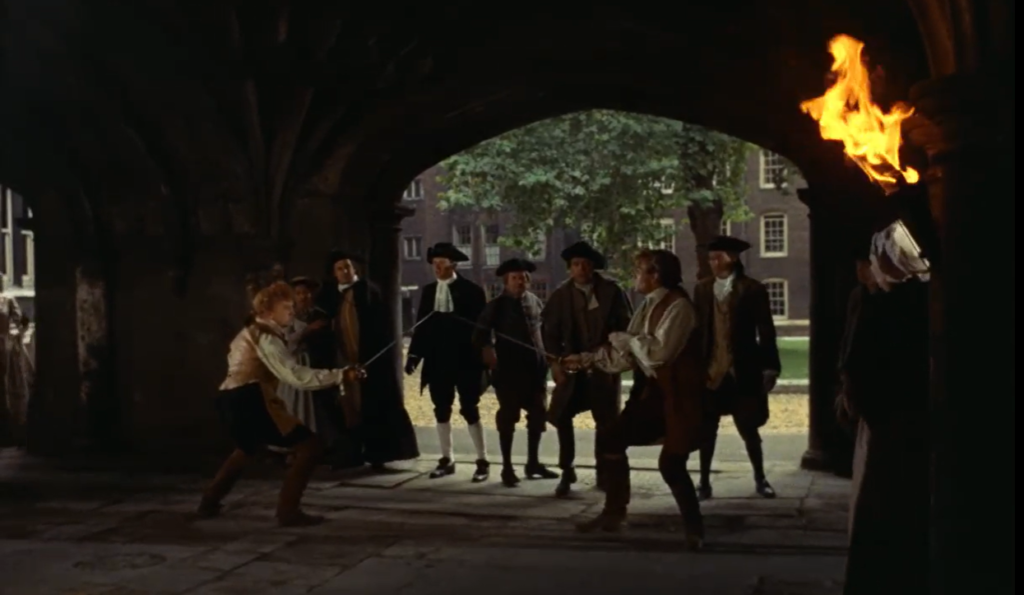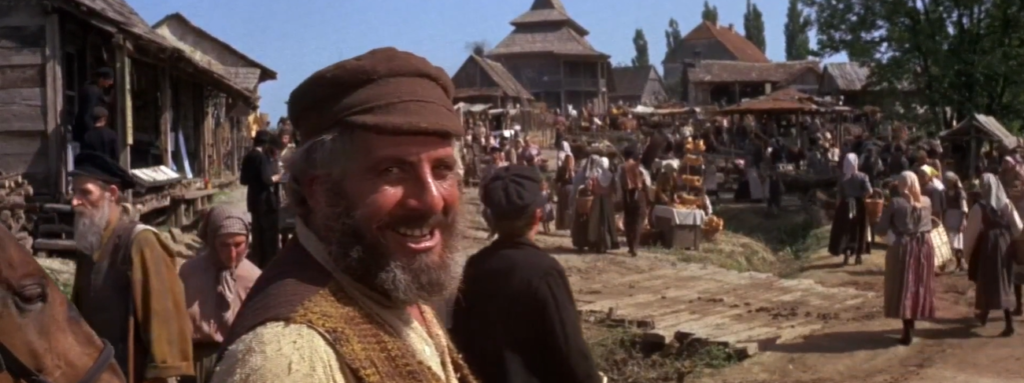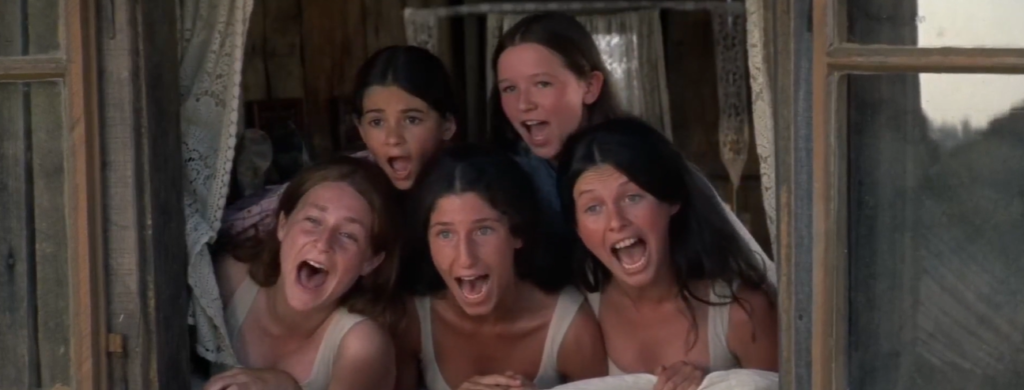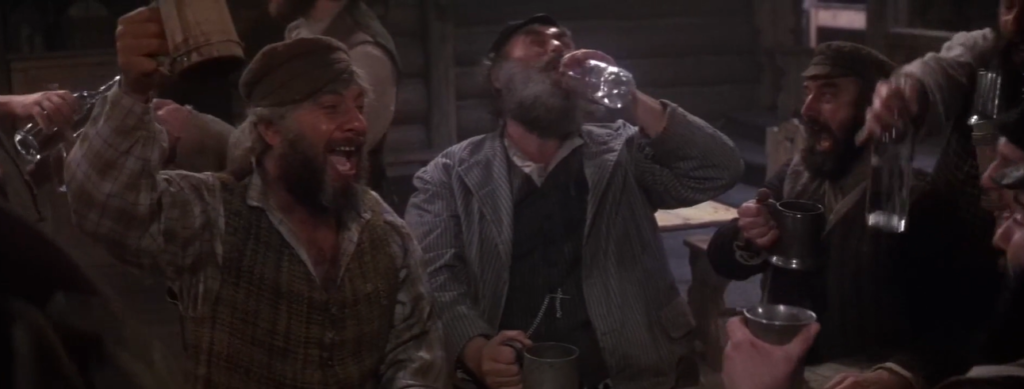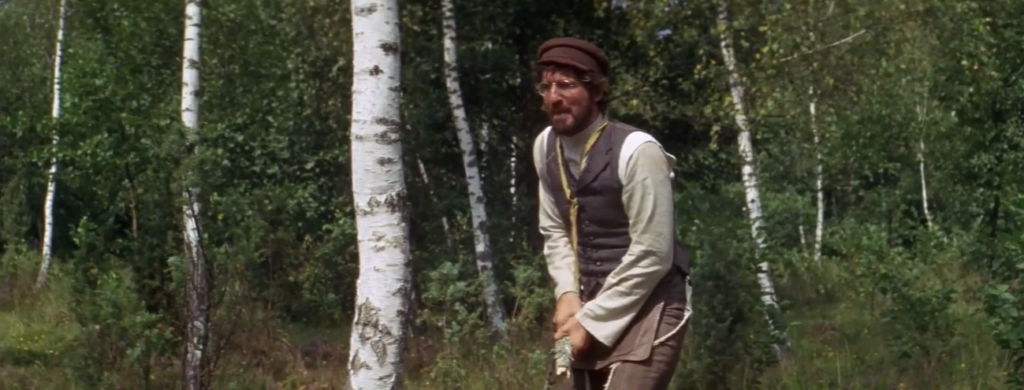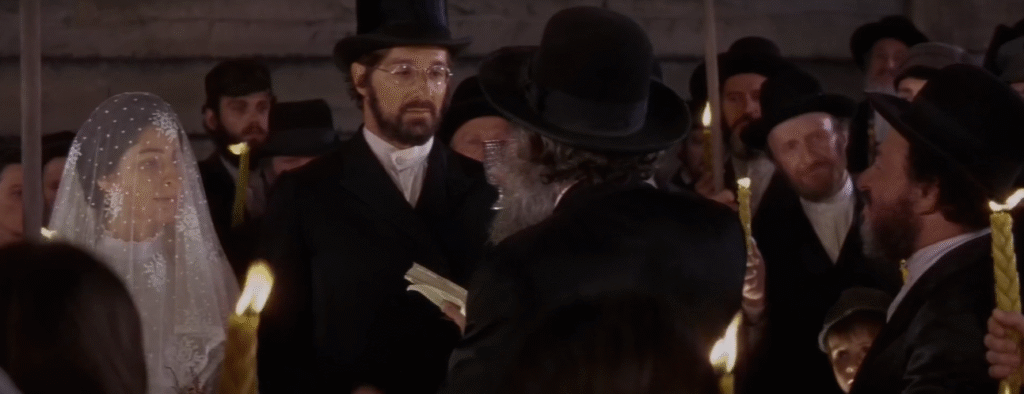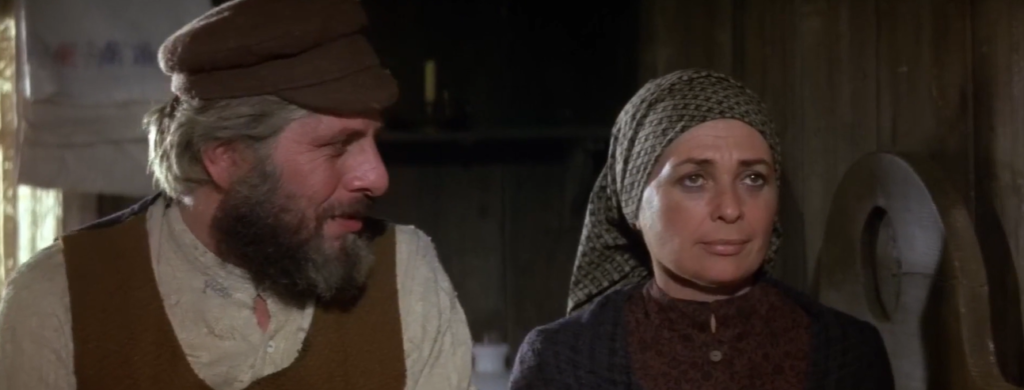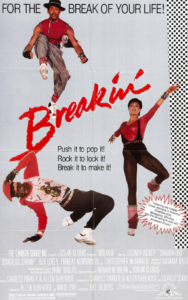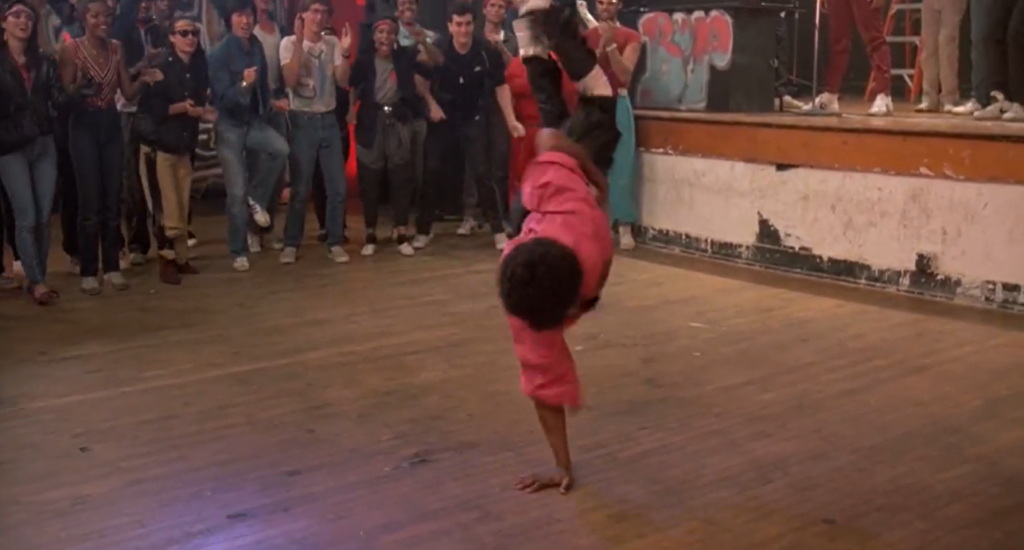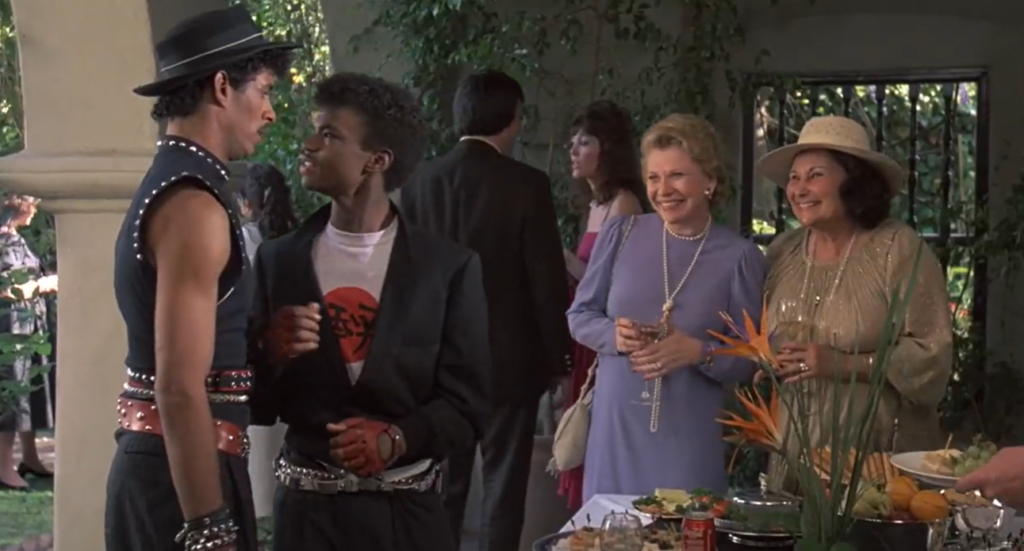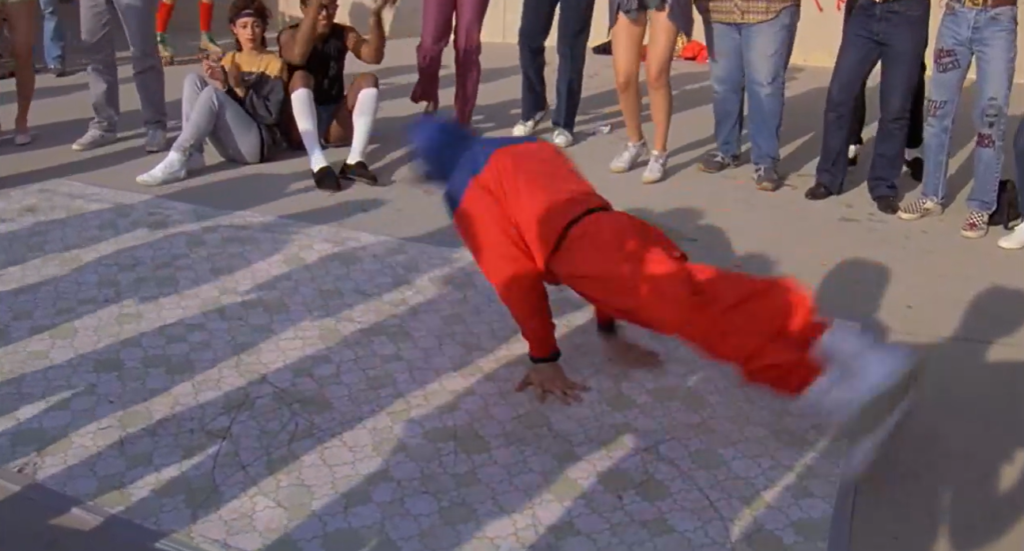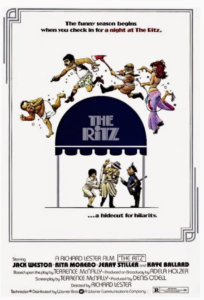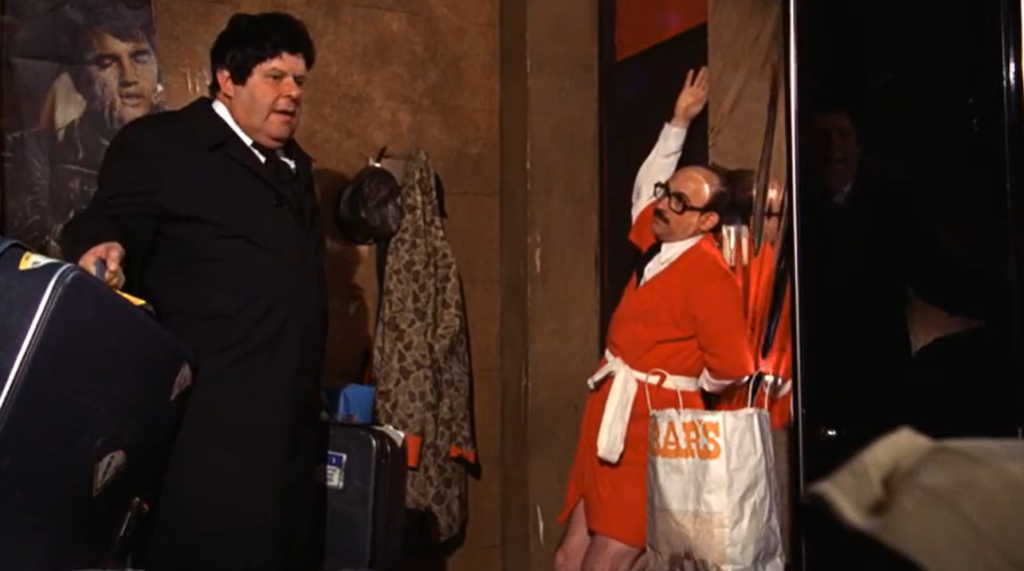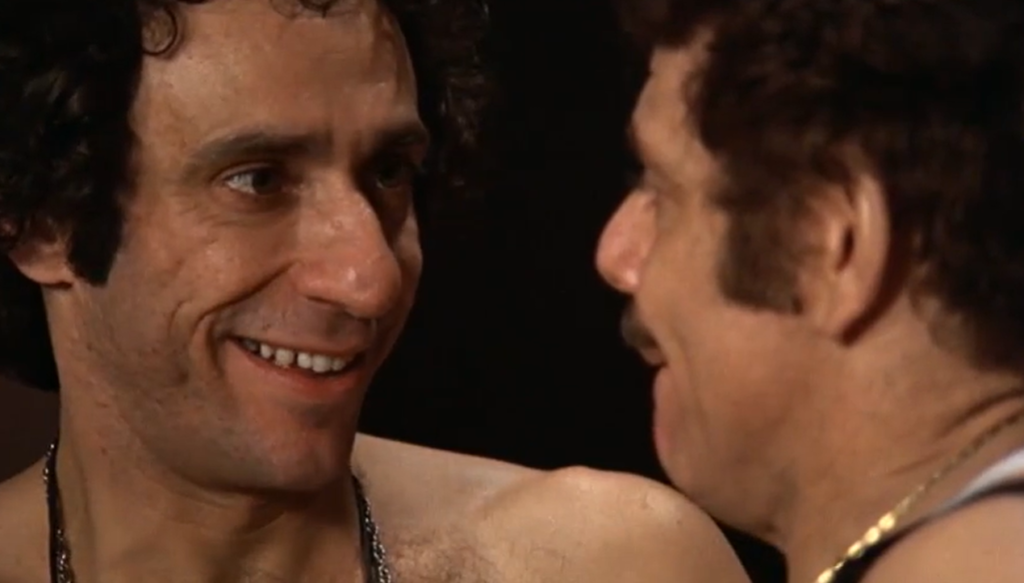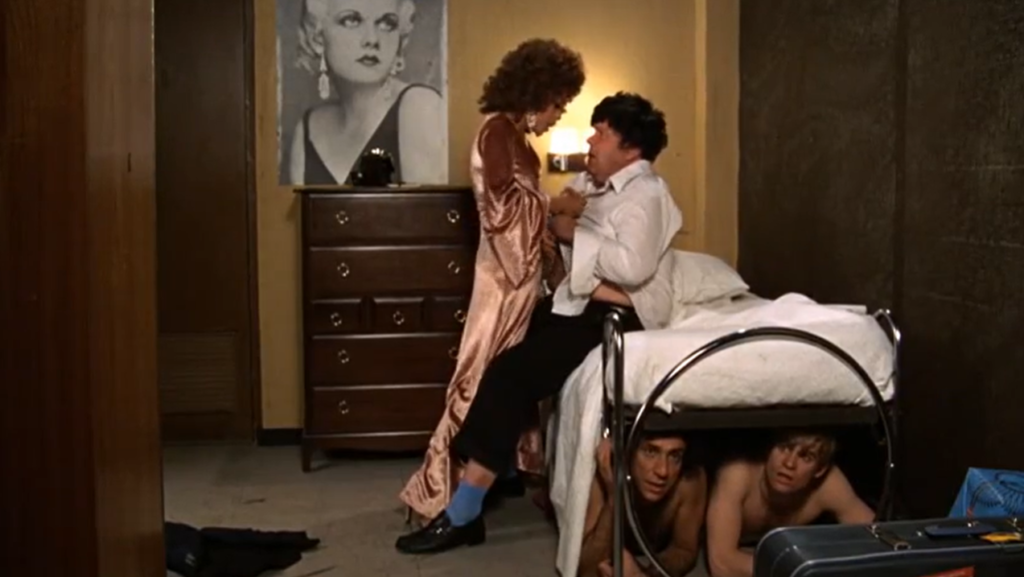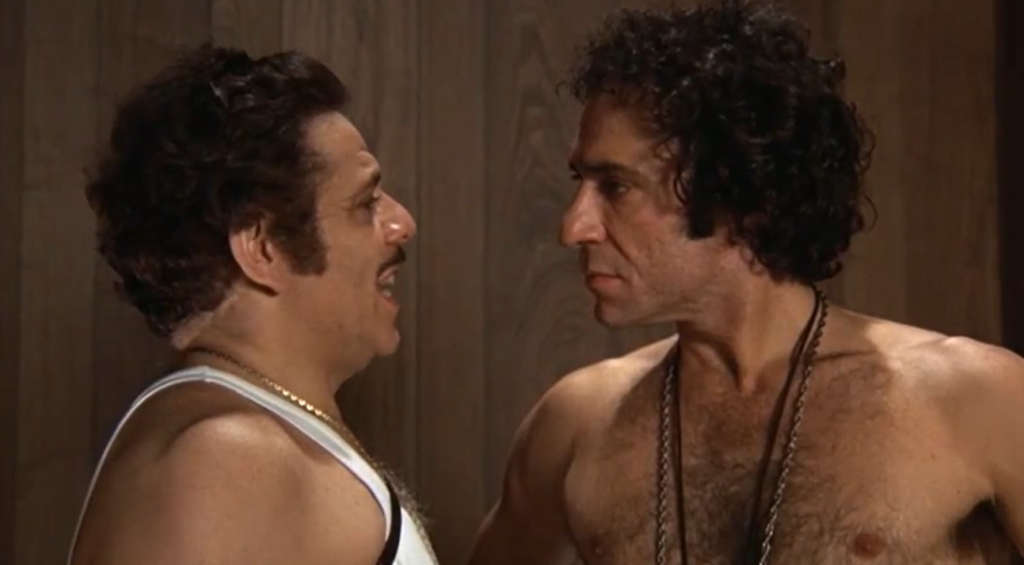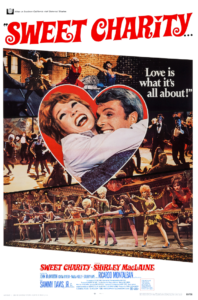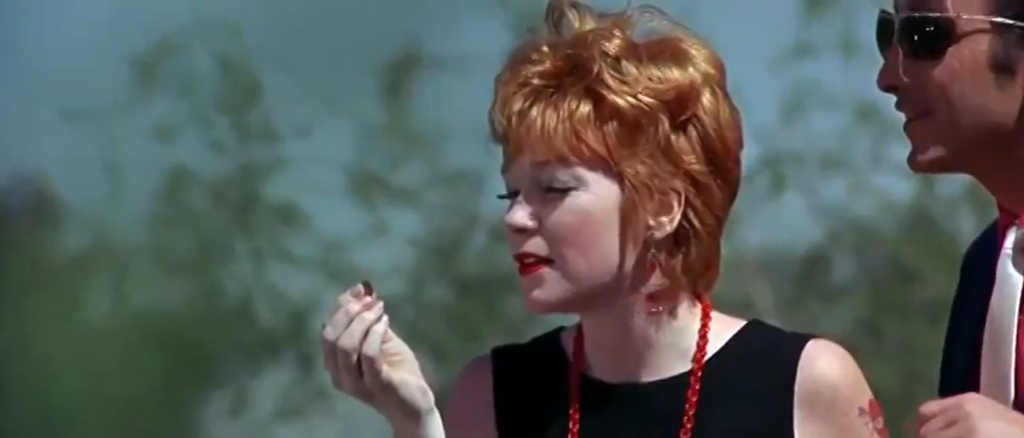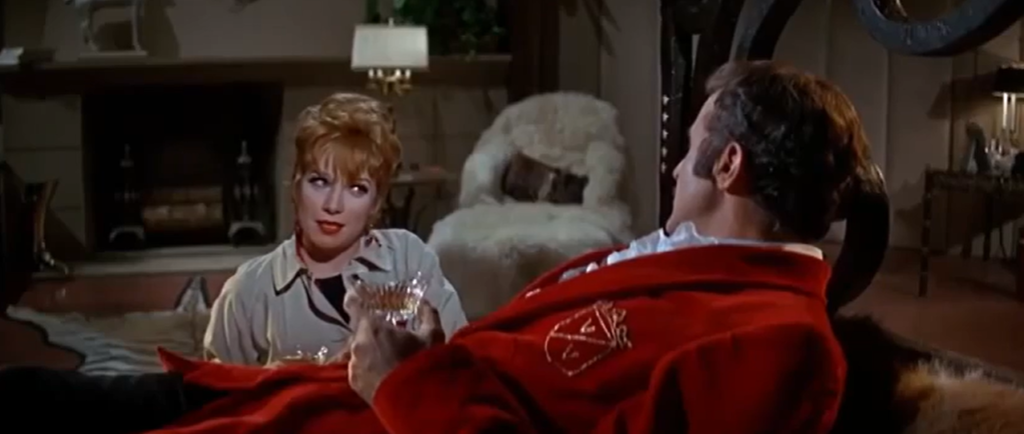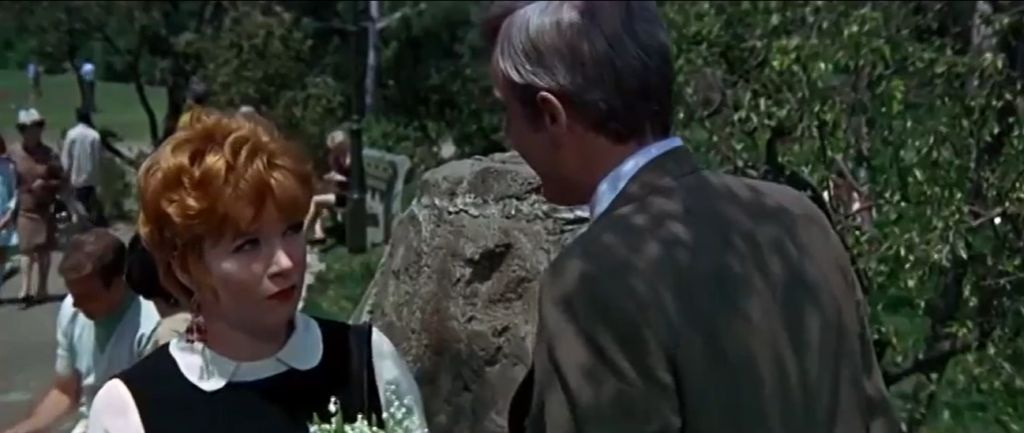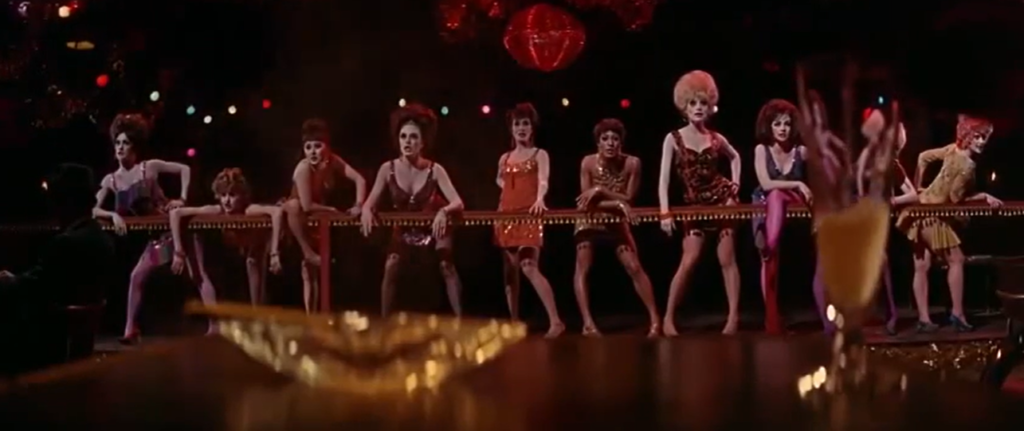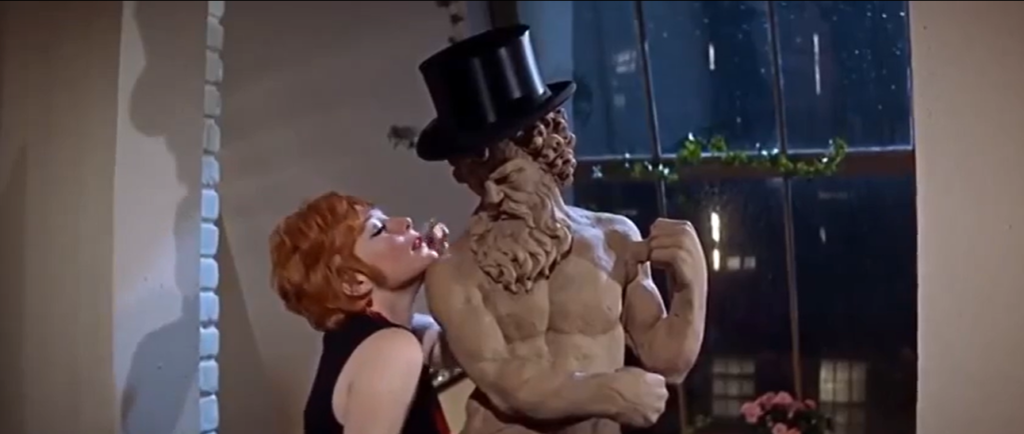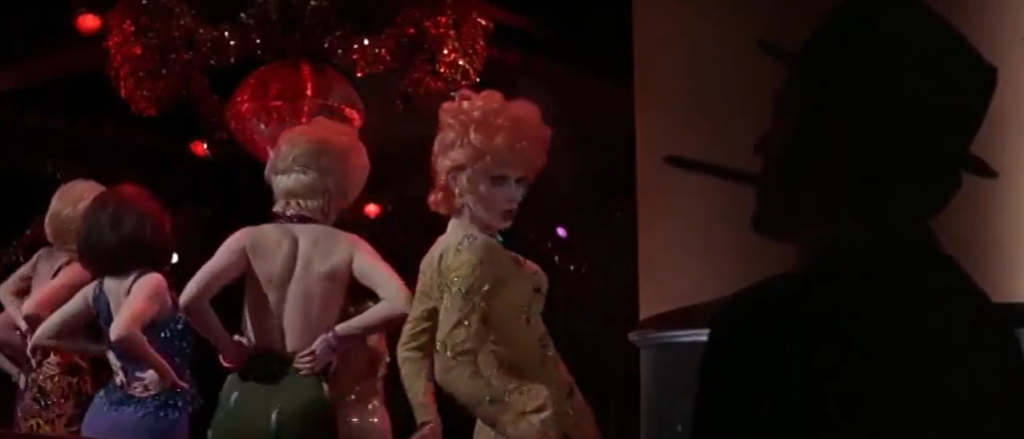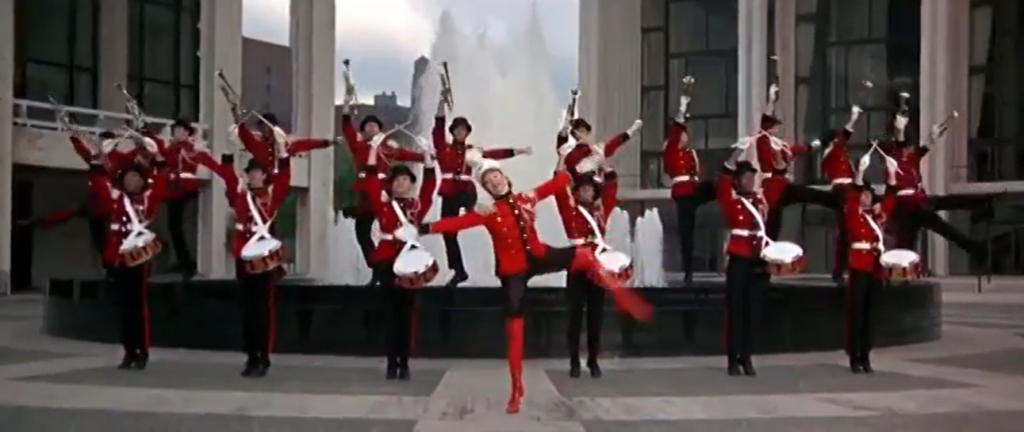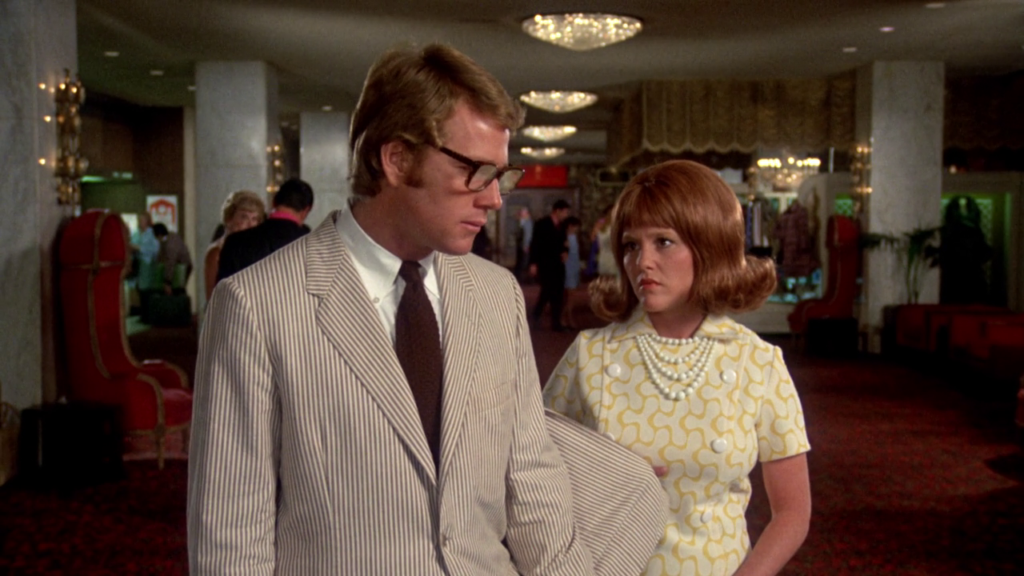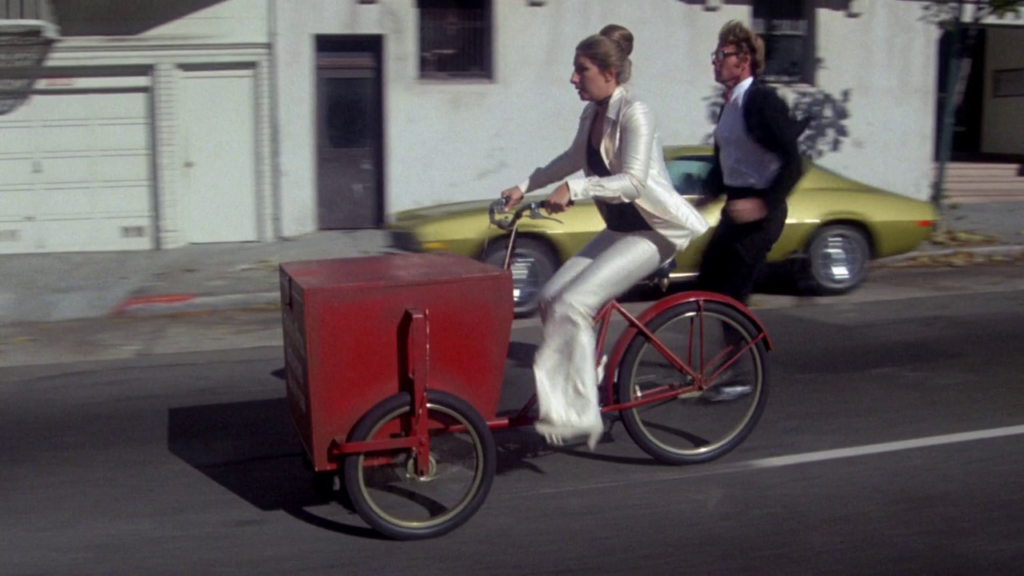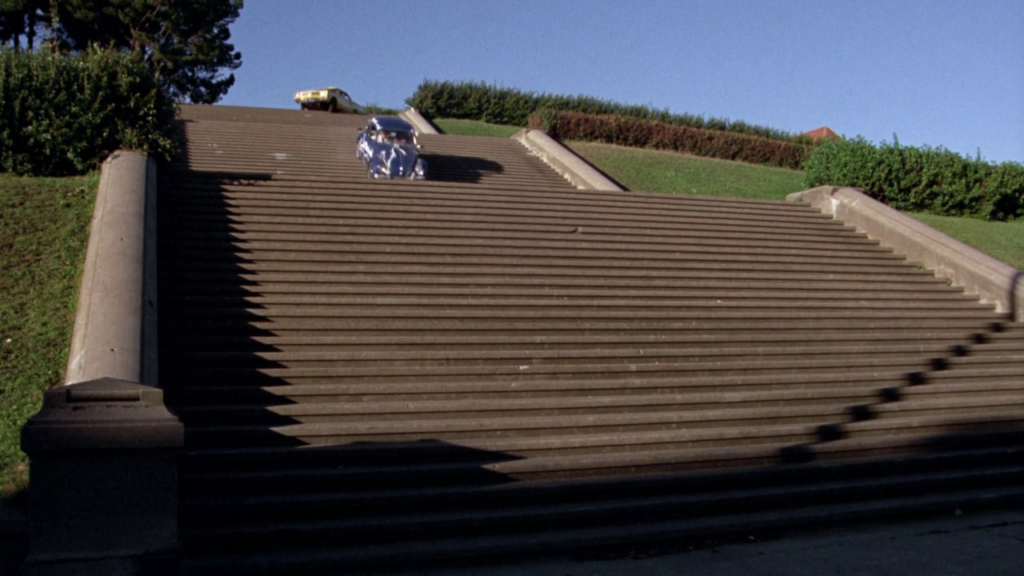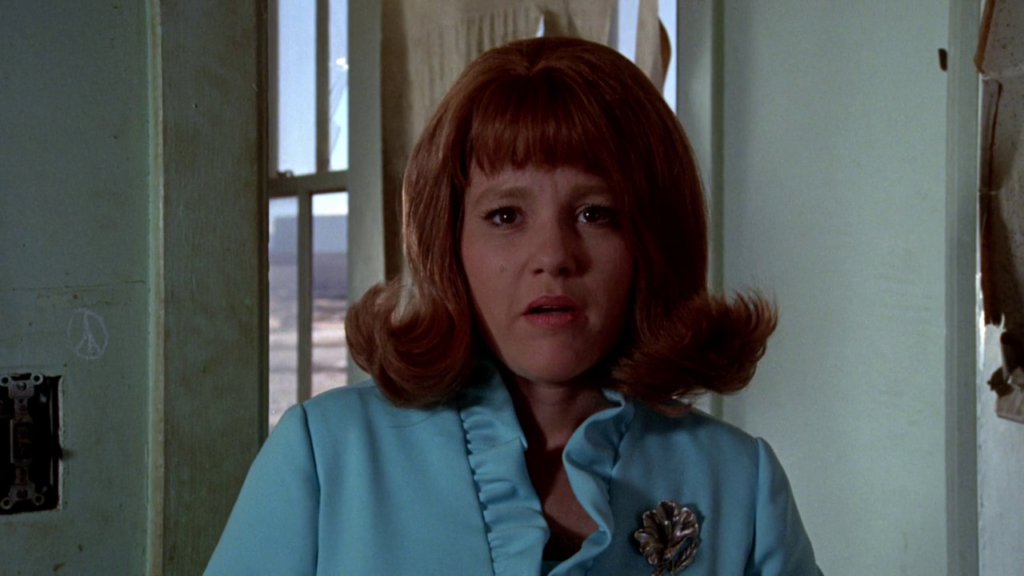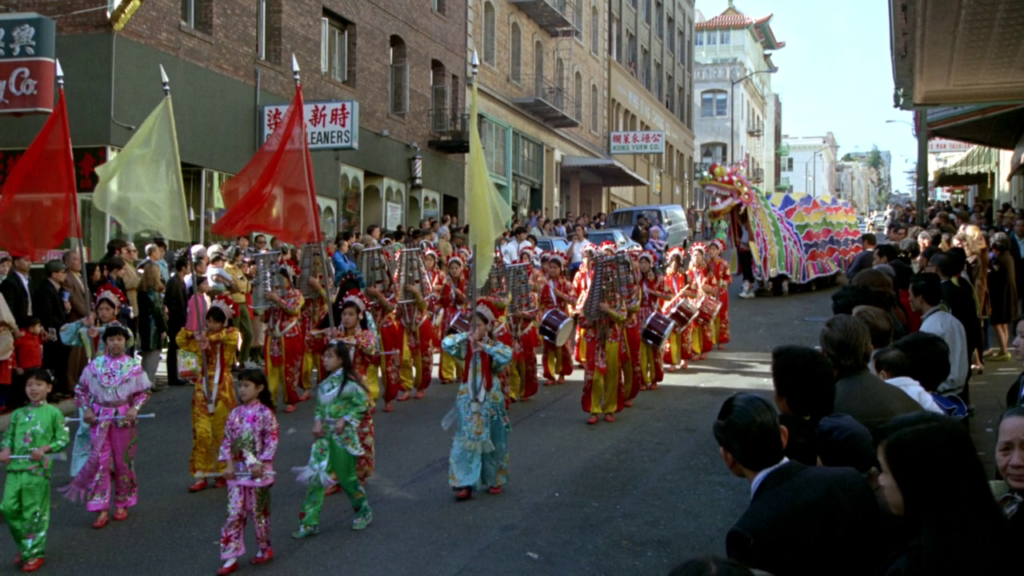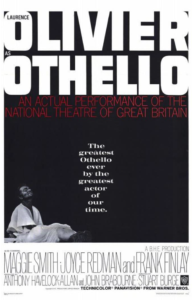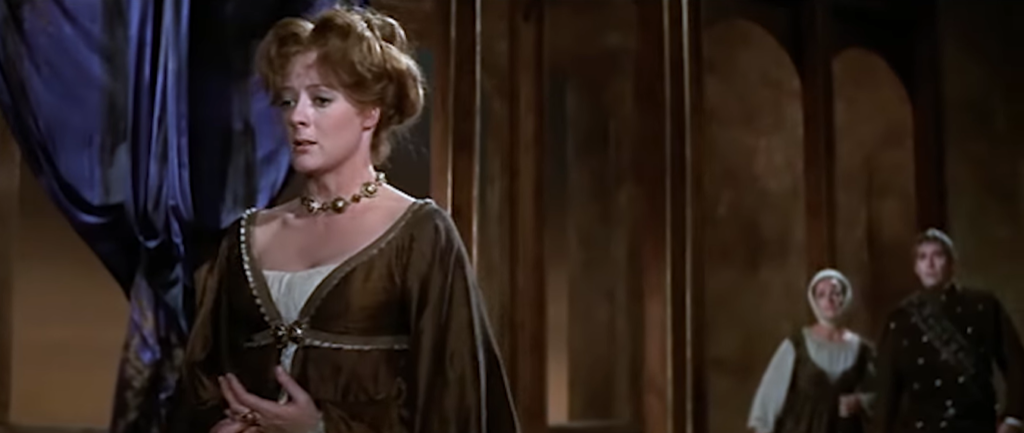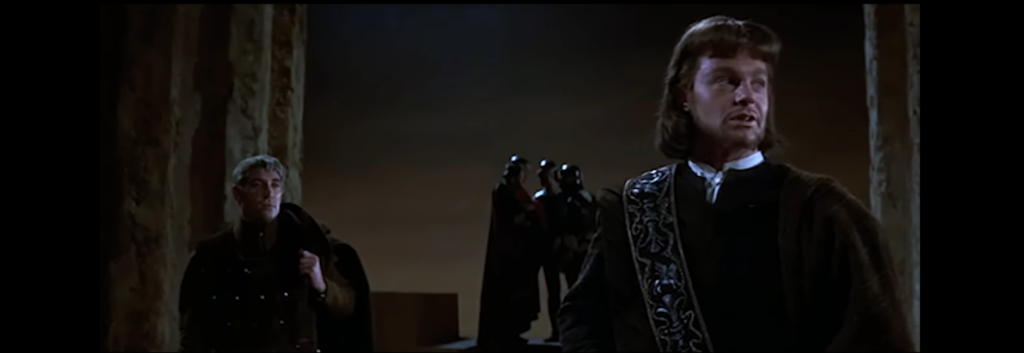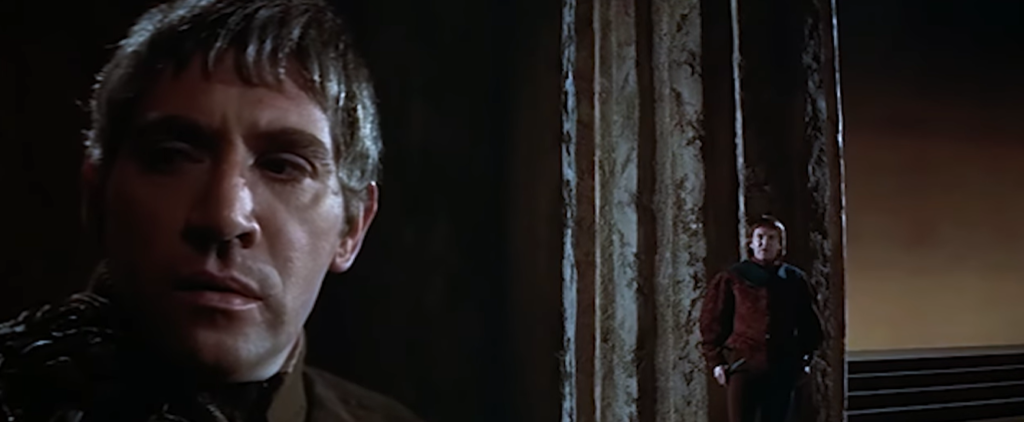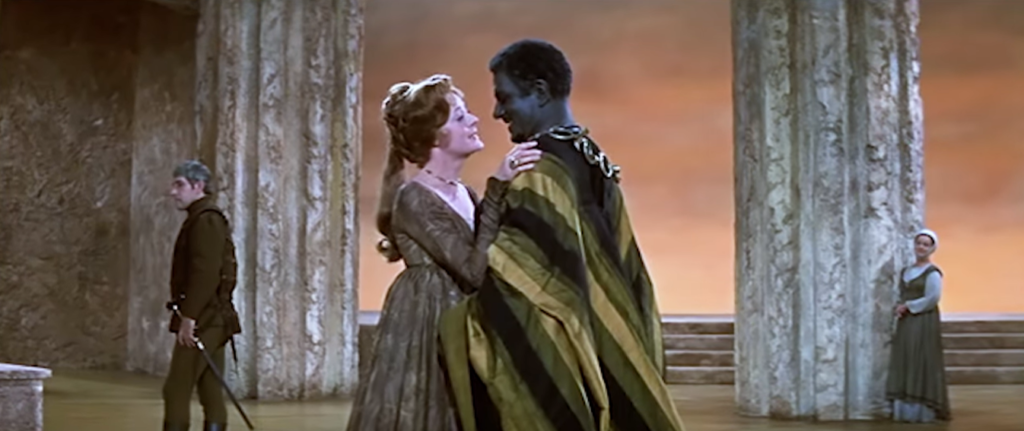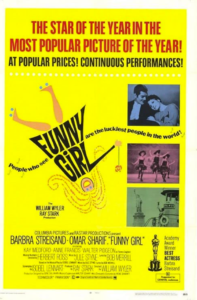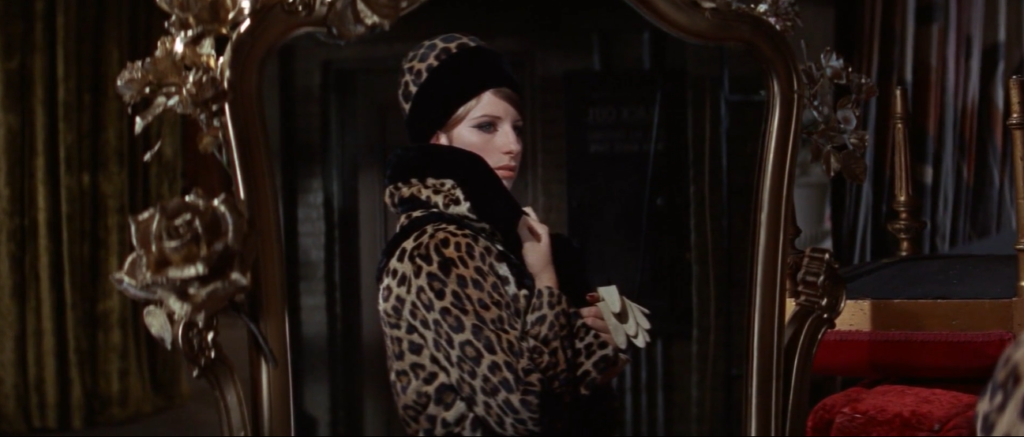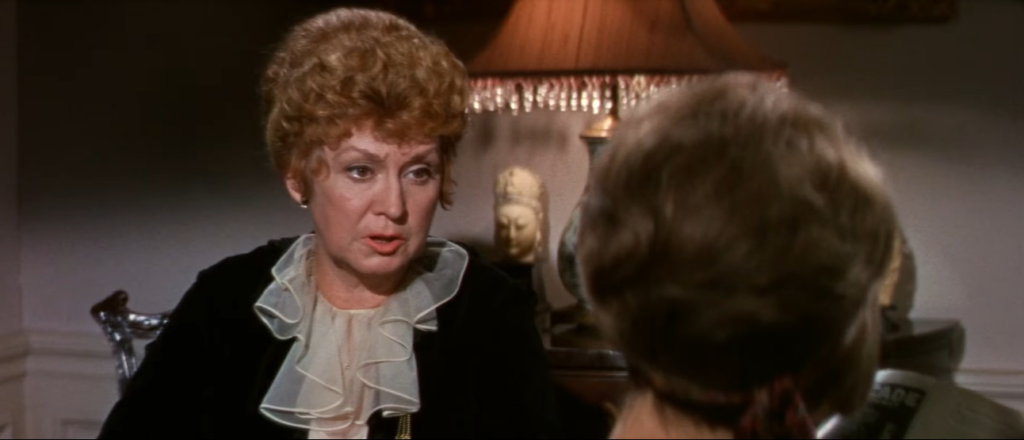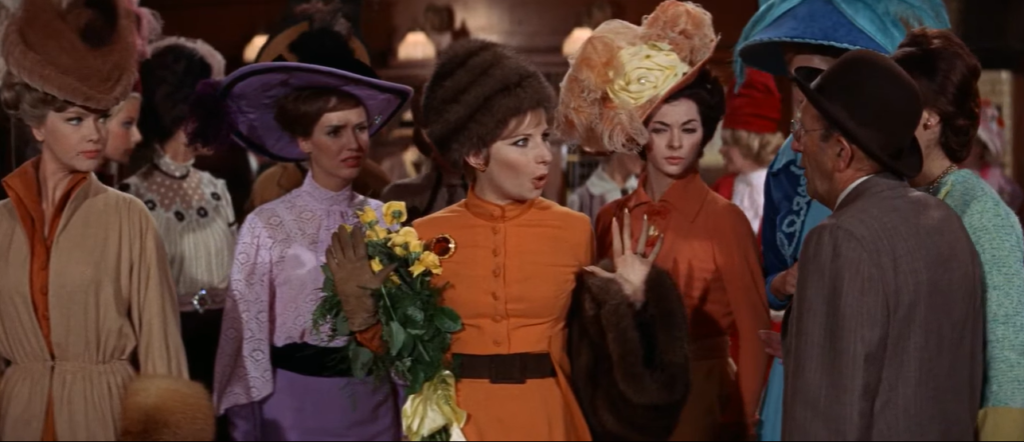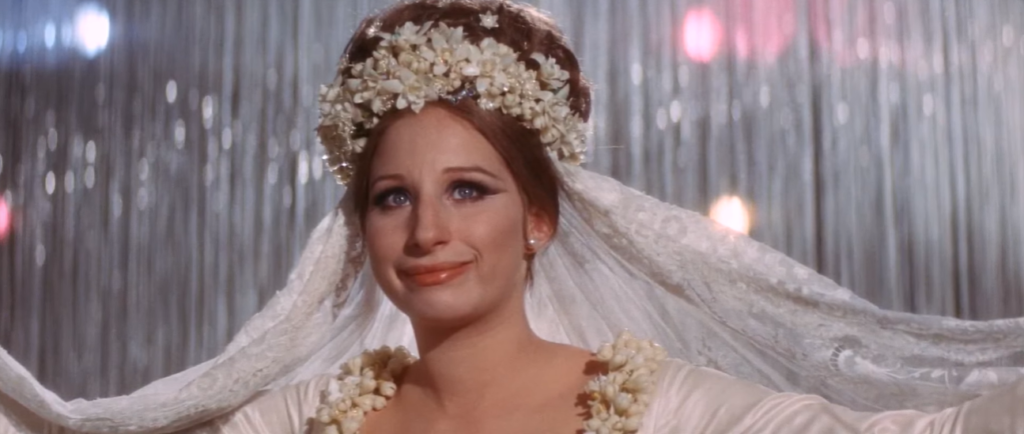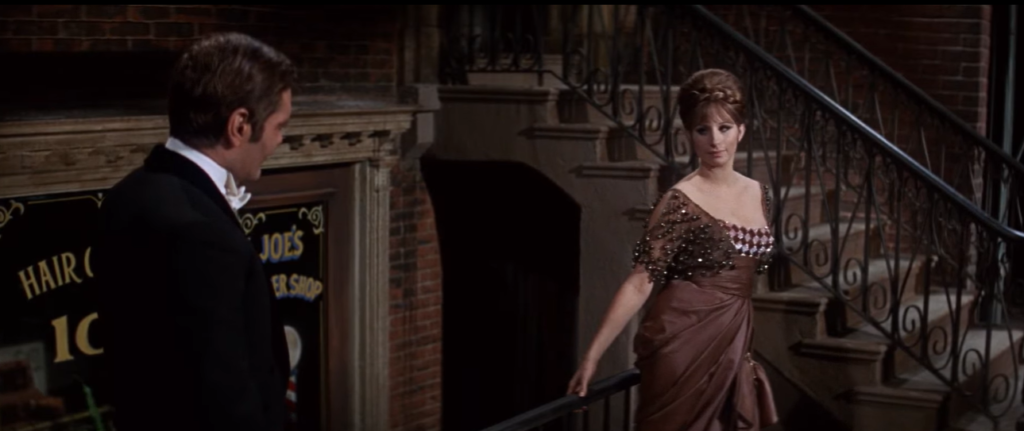|
Genres, Themes, Actors, and Directors:
- Ann-Margret Films
- Ellen Burstyn Films
- Gene Hackman Films
- Infidelity
- Marital Problems
- Midlife Crisis
Review:
Bud Yorkin directed and Colin Welland wrote the screenplay for this adaptation of his own 1973 British TV play (called “Kisses at 50”), about the impact of a midlife crisis on a blue collar worker’s longtime marriage. (Welland had previously won an Oscar for Best Original Screenplay for Chariots of Fire.) Although Welland moved to Pittsburgh and did research in order to shift the story over to America, Yorkin ended up filming in Seattle and the nearby town of Snohomish, filling the storyline with numerous authentically place-based sequences (and as someone who lives here, I can attest to them doing a good job showcasing the beauty and natural landscapes of the area).

In terms of the storyline, it’s certainly plausible that a couple living the way Hackman and Burstyn are (working different shifts, a little too comfortable with one another, kids grown, not sharing the same preferences for socializing) would grow apart:

… and that Hackman might be flattered and intrigued by someone as openly interested in him as Ann-Margret is.

What’s less convincing is how openly Hackman would begin his new affair, not realizing what an impact it will have within his close-knit community, or the fact that he won’t simply be able to “keep the two relationships separate”.

I’m also not a fan of Oscar-nominated Madigan’s overly abrasive — and frankly intrusive — opinions about her parents’ marital choices; while critics were taken with her no-holds-barred performance, I found her hard to take, especially when she’s openly mistreating her child in a grocery store. (I have a particular issue with parents who take their anger out on innocent kids, who then become collateral damage.)

Sheedy — young, fresh, and beautiful — unfortunately doesn’t have much to do other than show up near the end as a daughter getting married (will Hackman come to her wedding? should he come to her wedding?).

Lang as her brother has even less screentime, and primarily seems to serve the role of the Understanding Male. With those complaints aside, the film possesses many moments of at least attempting to get at something more real than most Hollywood flicks about romance and marriage, and should be commended for that.
Notable Performances, Qualities, and Moments:
- Nice incorporation of numerous Seattle area locales and authentic blue collar joints
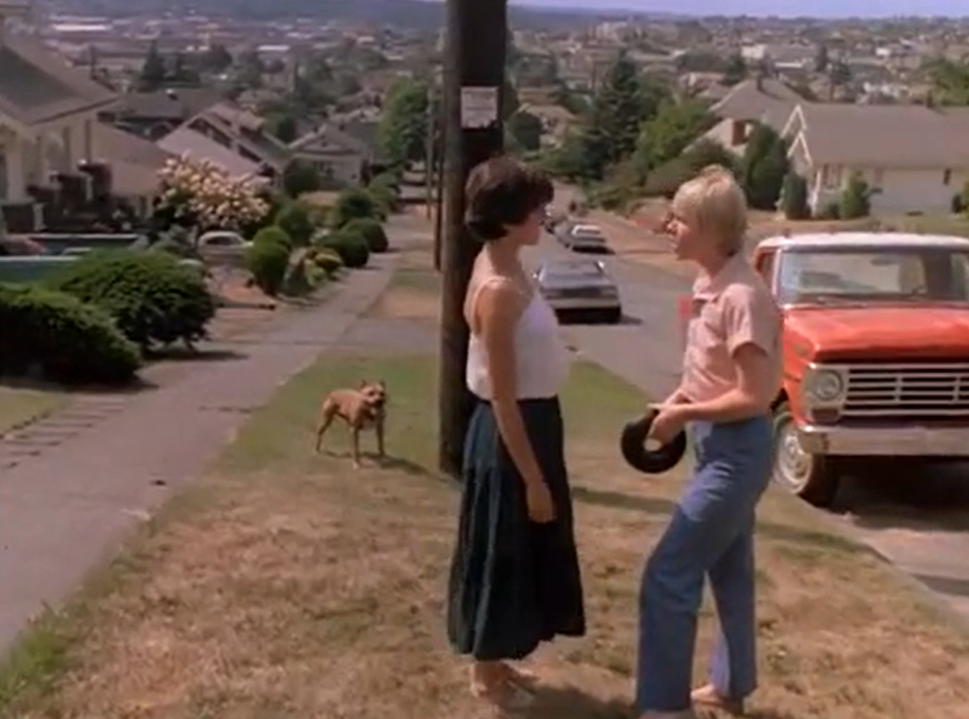
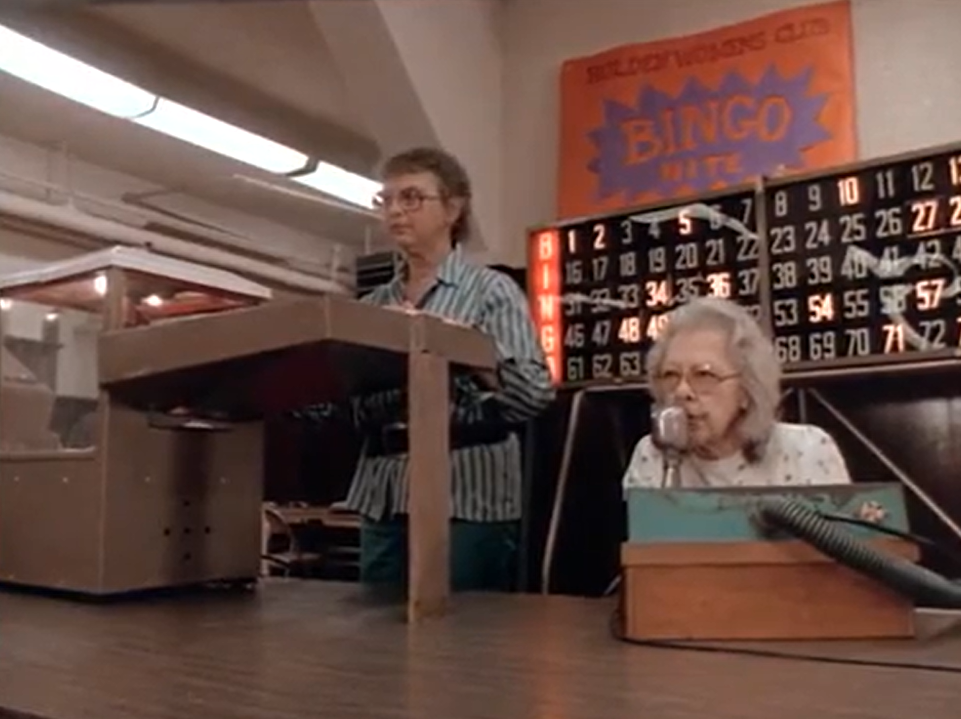
Must See?
No, but it’s worth a one-time look.
Links:
|
